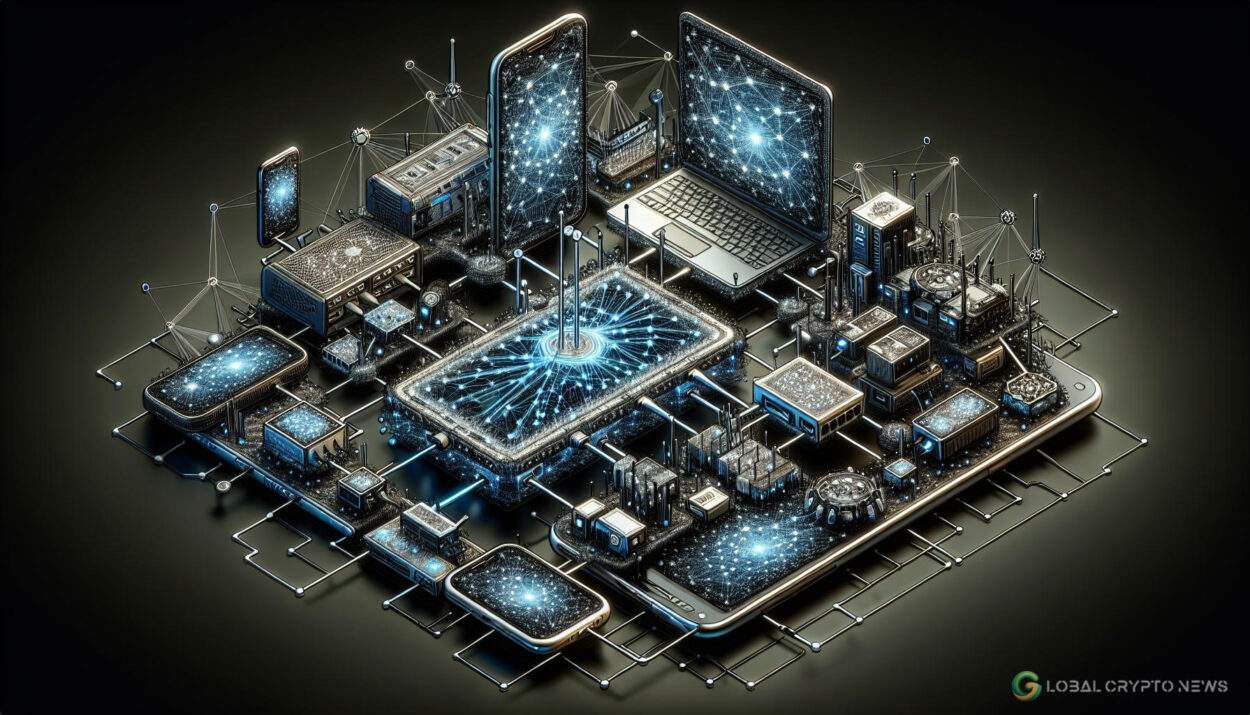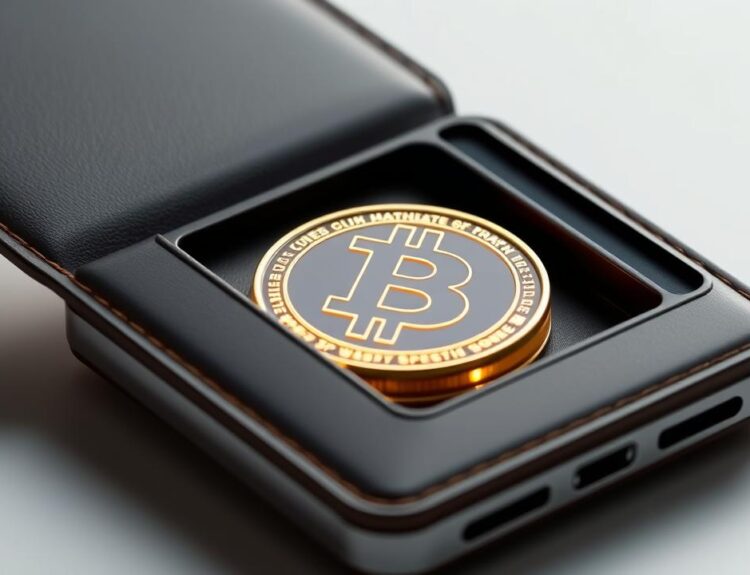Disclosure: The views and opinions expressed here belong solely to the author and do not represent the views and opinions of Global Crypto News’ editorial.
Imagine a world where your smartphone, laptop, or even your home router could help you earn money. This isn’t a futuristic fantasy; it’s the potential reality offered by decentralized physical infrastructure networks (DePINs). As we delve deeper into the digital age, DePINs are set to transform how we use and benefit from shared computing resources like GPUs and routers, making web3 mining accessible to everyone.
DePINs: Potential and Challenges
DePINs create a mesh of interconnected devices that collaborate to complete computational tasks traditionally handled by large, centralized data centers. This maximizes the utility of everyday devices and decreases our dependence on large tech infrastructures, enhancing data sovereignty and cutting costs. However, the complexities of blockchain technology, which underpins DePINs, can be a barrier for many users.
Operating a DePIN node can deter even the most experienced users. The technical demands are high, from setting up secure connections to handling cryptographic transactions and consensus protocols. User-friendly applications that can automate these processes and present a clean, simple interface are necessary. These tools lower the entry threshold, enabling anyone with a basic GPU device to participate in and benefit from web3 mining.
The Role of User-Friendly Applications in DePINs
Simplifying DePIN technology through user-friendly applications is crucial for broader adoption. These applications can reduce the entry threshold, making it easier for non-experts to engage with DePINs. An often underestimated factor that greatly influences user adoption is these applications’ familiarity and ease of use. For example, when Threads was introduced as a social media platform, its interface required minimal guidance, facilitating quick adoption. This principle of accessibility and user-friendliness is even more crucial in DePIN applications due to their inherent technical complexities.
By making DePIN technology more accessible, these applications can democratize access to decentralized networks. This not only opens up new opportunities for individuals to participate in the digital economy but also enhances the overall resilience and efficiency of our digital infrastructure.
The Versatility of DePINs
Teleport, a ride-sharing service operating on a DePIN model, provides a compelling example of the potential of decentralized networks. Unlike traditional ride-sharing services that rely on centralized cloud services and take a significant cut of drivers’ earnings, Teleport allows drivers to retain about 85% of their income. This model empowers drivers and supports local economies by redistributing economic benefits more equitably.
Teleport also enhances security and data privacy by distributing data across multiple nodes, reducing the risk of centralized data breaches. This decentralized approach can inspire broader adoption of DePINs across various industries, demonstrating how they can create fairer and more sustainable business models.
Market Growth and Diversification
The DePIN market is projected to experience rapid expansion, with estimates suggesting an increase to $3.5 trillion by 2028. This surge is driven by an increasing recognition of decentralized solutions’ ability to enhance efficiency and cut costs across diverse industries. For example, DePINs can transform data storage and processing, offering more resilient and cost-effective alternatives to traditional cloud services. This growth will likely be supported by increasing investments in blockchain technology and a rising interest in leveraging unused computing resources.
DePINs are particularly appealing in scenarios where high computational power is sporadically needed. One such user group is the gaming community, where high-performance GPUs, essential for modern gaming, can also be utilized as powerful nodes within DePIN networks during downtime. This dual functionality optimizes the use of expensive gaming setups and introduces gamers to new ways of generating income through web3 activities. The global gaming market’s growth, which reached $217.06 billion in revenue in 2020, underscores the potential for DePINs to tap into this sector, further broadening their appeal.
Future developments in DePIN technology will likely focus on enhancing the functionality and accessibility of these networks. Innovations could include more sophisticated consensus algorithms to improve network security and efficiency or the integration of smart contracts to automate and expand the range of possible interactions within DePINs. Such advancements will make these networks more appealing and accessible to a broader audience, fostering a deeper integration into everyday tech use.
As we look to the future, the trajectory of DePIN adoption is set to reshape niche sectors and potentially the broader landscape of how we interact with and benefit from the digital world. By democratizing access to powerful computational resources, DePINs hold the promise of a more inclusive digital economy where everyone has the opportunity to contribute to and benefit from advanced technological ecosystems.
For more insights and the latest updates on the world of cryptocurrencies and decentralized technologies, stay tuned to Global Crypto News.
























